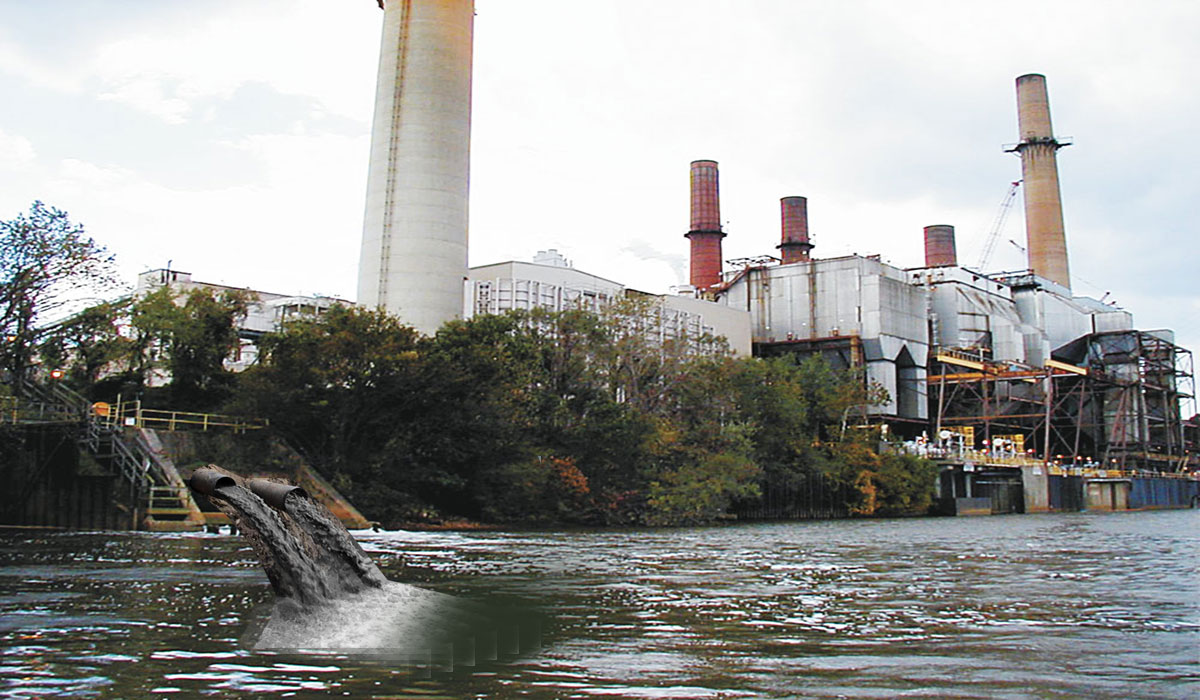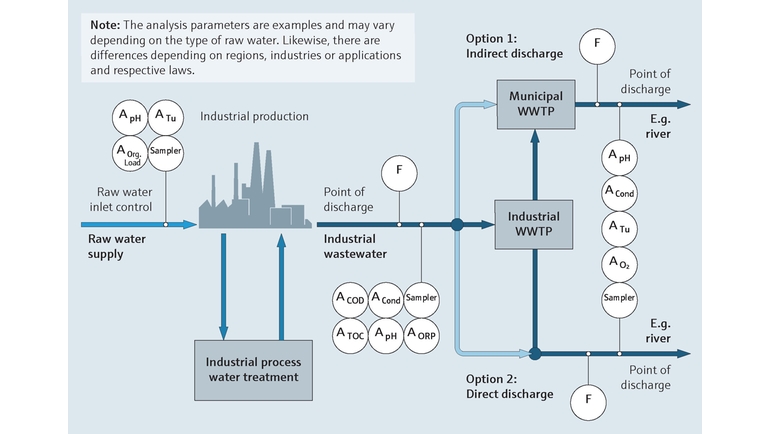Difficulties and Solutions in Hazardous Waste Water Treatment
The treatment of commercial wastewater presents a multifaceted variety of difficulties, ranging from rigid regulative conformity to the intricacies of price monitoring and technical limitations. The variability in waste composition even more complicates the effectiveness of conventional treatment methods, typically resulting in intensified functional expenditures.
Regulatory Compliance Difficulties
Exactly how can commercial centers browse the facility landscape of governing compliance in wastewater therapy? The regulatory structure regulating wastewater administration is multifaceted, frequently varying by jurisdiction and kind of market. Facilities should follow federal, state, and regional laws that dictate effluent top quality criteria, discharge limits, and surveillance needs. Failing to conform can result in severe charges, including fines and functional shutdowns.
To properly handle these conformity obstacles, centers should carry out robust monitoring and reporting systems that make certain real-time data collection and evaluation. Regular audits and threat evaluations can identify potential conformity voids, enabling proactive adjustments in treatment procedures. Worker training programs concentrating on regulative expertise and best practices are important to promote a culture of conformity within the organization.
Additionally, involving with regulative companies can provide valuable understandings and clarify unclear regulations. Facilities might additionally profit from consulting with environmental specialists that specialize in wastewater treatment conformity, making sure that they stay abreast of advancing laws. By embracing these strategies, industrial centers can not only fulfill conformity demands however likewise enhance their functional efficiency and ecological stewardship.
Price and Financial Barriers
Navigating regulative conformity in wastewater treatment often offers considerable economic challenges for industrial facilities. The costs connected with applying essential therapy innovations, keeping compliance with rigid laws, and managing functional expenditures can be intimidating. Numerous organizations face high preliminary funding expenditures for the construction or updating of wastewater treatment plants, which may strain budgets, particularly for small and medium-sized business.
In addition, ongoing functional expenses, including chemical, labor, and upkeep inputs, add to the financial problem. The changability of varying energy costs and the potential requirement for added financial investments to fulfill evolving guidelines worsen these financial stress. Oftentimes, the absence of monetary motivations or assistance from government bodies makes it much more challenging for services to validate financial investments in advanced therapy systems.
Additionally, the financial viability of wastewater therapy options is commonly questioned, specifically for industries with tight earnings margins. It is important for industrial facilities to check out economical methods, such as adopting cutting-edge financing alternatives, involving in partnerships, and leveraging emerging modern technologies that can help minimize these economic obstacles while guaranteeing conformity with environmental standards.

Technological Limitations
Many technical restrictions impede the performance of industrial wastewater treatment procedures. One significant difficulty is the inadequacy of existing treatment modern technologies to resolve complex impurities.
In addition, the scalability of therapy modern technologies positions a difficulty. While some sophisticated techniques, like membrane layer filtration or sophisticated oxidation, reveal promise in regulated atmospheres, their execution on a larger range click this site can be practically challenging and much too expensive. Maintenance and operational complexities additionally complicate the fostering of these systems, specifically for smaller sectors with minimal technological knowledge.
The integration of real-time tracking technologies also remains inadequate in lots of therapy facilities. Without efficient monitoring systems, operators can not sufficiently examine therapy performance or identify potential failings, bring about irregular effluent high quality. Attending to these technical limitations via study and advancement, along with financial investment in innovative services, is important for boosting the efficacy of industrial wastewater treatment and ensuring regulatory conformity.
Variability in Waste Make-up
In the realm of industrial wastewater therapy, the variability in waste structure offers a powerful obstacle. Industries generate wastewater with diverse characteristics, affected by factors such as production processes, basic materials, and operational methods. This heterogeneity complicates the therapy process, as conventional systems frequently struggle to properly address the large range of toxins existing.
As an example, wastewater from food handling may have high degrees of natural matter, while effluents from chemical manufacturing might consist of harmful substances and hefty metals. This difference necessitates adaptable treatment techniques to ensure conformity with environmental guidelines and protect public health. Furthermore, variations in waste composition can occur with time, influenced by modifications in manufacturing schedules, upkeep activities, or the introduction of new products.

Innovative Treatment Solutions
Cutting-edge treatment options are crucial for dealing with the intricacies of industrial wastewater monitoring. Traditional techniques typically drop brief in successfully getting rid of a wide variety of pollutants, specifically in centers with diverse effluent streams. Current advancements concentrate on incorporating advanced technologies to enhance therapy performance and sustainability.
One promising strategy is using innovative oxidation processes (AOPs), which utilize powerful oxidants to deteriorate natural contaminants. AOPs, including photocatalysis and ozonation, can considerably lower original site harmful compounds and boost effluent top quality. Additionally, membrane bioreactor (MBR) technology has actually gotten grip, combining organic therapy with membrane filtering, causing high-grade effluent and decreased impact.
An additional ingenious option is the application of source healing systems. Strategies like anaerobic food digestion not just deal with wastewater yet also produce biogas, which can be taken advantage of as an eco-friendly power source. Furthermore, the fostering of expert system and artificial intelligence designs can maximize therapy procedures by anticipating variations in wastewater structure, thus boosting operational effectiveness.
These ingenious solutions not just address regulatory compliance yet also advertise ecological sustainability, leading the way for an extra resilient and effective commercial ecosystem.
Conclusion
In verdict, dealing with the challenges of industrial wastewater therapy needs a multifaceted approach that integrates regulatory compliance, expense management, and technological developments. A commitment to constant improvement in treatment techniques will inevitably add to the efficient management of industrial wastewater and environmental security.
The treatment of commercial wastewater offers a complex selection of challenges, varying from rigorous regulatory compliance to the intricacies of cost administration and technological limitations. Industrial Waste Water Treatment.Navigating governing compliance in wastewater therapy typically provides significant financial challenges for commercial centers. Resolving these technical restrictions through study site here and development, together with investment in innovative remedies, is essential for boosting the effectiveness of industrial wastewater treatment and making sure regulative compliance
Wastewater treatment centers must spend in robust tracking systems and versatile therapy technologies capable of accommodating varying influent qualities.In verdict, attending to the challenges of commercial wastewater therapy needs a diverse approach that incorporates governing conformity, expense administration, and technical improvements.